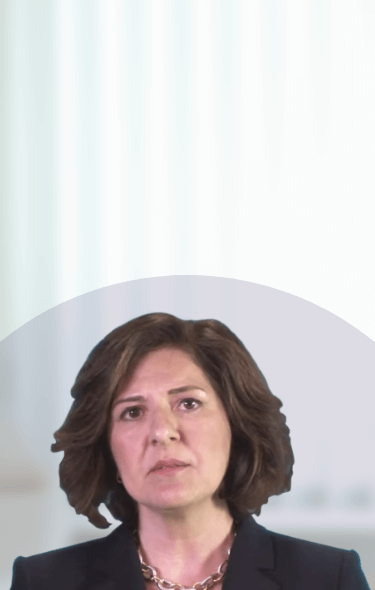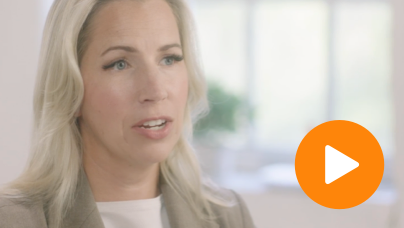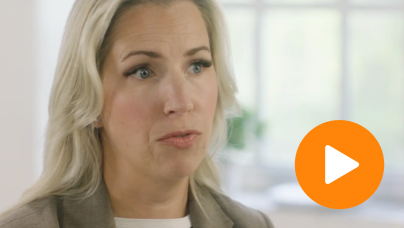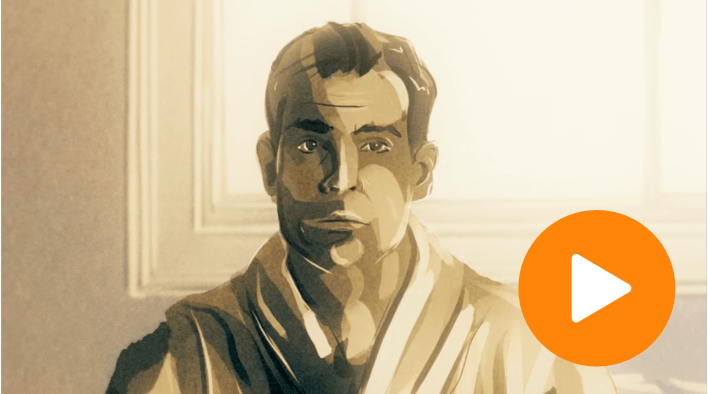It's important to understand that symptom burden is a real thing for our PV patients. In fact, most patients with PV are symptomatic. Furthermore, those symptoms can impact the patient's quality of life.
So, in my experience, almost all of my patients with PV are symptomatic. Most of my patients suffer from fatigue, but they can also suffer from other symptoms like night sweats, itching, spleen pain, early satiety, and other symptoms that constitute flu-like symptoms.
So one of the reasons that I believe that PV patients symptoms aren't necessarily acknowledged by their medical providers is because they under report their symptoms. Some of the PV symptoms can be vague. For instance, fatigue for some patients may not be every single day. So they may not necessarily report fatigue unless they're having a day during a clinical visit where they're experiencing fatigue. Disease-related symptoms are a clinical characteristic of advanced PV, along with elevated hematocrit of more than or equal to 45%.
In the APP survey, the objective was to gain insight into the management of PV by APPs in community oncology settings. It was sponsored by Incyte. Responses were gathered from 114 APPs, each of whom managed at least 3 patients with PV over the past 12 months.
One of the key findings from the APP survey was that 44% of respondents reported that 25% or less of their PV patients were symptomatic. I'm concerned that the perception that patients with PV do not have a significant symptom burden is because those patients aren't being regularly assessed for their symptoms. This provides us an educational opportunity to let APPs know in the community that their patients are likely symptomatic, and they can better monitor and assess their patient's symptoms. So we know that patients receiving hydroxyurea can have good control of their blood counts and still be symptomatic.
So not too long ago we had a patient that came to us for a second opinion of her PV. Her blood counts were actually quite well-managed, but she was noticing that she had a significant decline in her energy level. Her ability to do her activities of daily living as a retired person was severely limited. When we looked at her bone marrow biopsy, it also showed that she had not transformed to a more aggressive form of PV.
Upon further assessment of her symptoms, we found that her symptoms were severely impacting her activities of daily living and her quality of life. That led us to re-investigate what kind of treatment options were available to this patient.
So one of the ways that I am investigating how my patients are doing is by not just monitoring their CBCs, but also on an ongoing regular basis monitoring their symptom burden.
It's helpful to not ask vague questions such as how are you doing? It's more important to ask specifically how many hours of sleep are you getting a night? Are you able to get through a whole day of work without feeling like you need to take a nap?
Other ways that I monitor my patients’ symptoms are to really get to know my patients. I ask them, who are you? What are the activities that you do for fun? Are you working? What kind of work do you do? All of those kinds of activities of daily living help me understand who the patient is and how their symptoms may be impacting their quality of life.
Some of my patients who are working say that they have substantial concentration symptoms because they have sleep disturbances or headaches or fatigue that impacts their work. And that helps me to understand, am I managing this patient well despite their hematocrit being managed well, am I taking into account that their PV symptoms may be worsening?
I also get additional insight from family members and friends that come with the patient, because oftentimes they're reporting symptoms that the PV patient may not recognize themselves.
So one of the most important things that APPs can do is make sure that they're having regular interaction with their patients to be assessing for PV-related symptoms. Additionally with those opportunities, you can educate your patients so that they're aware of their PV-related symptoms as well.

















